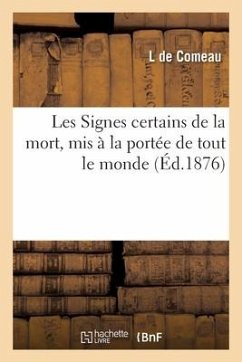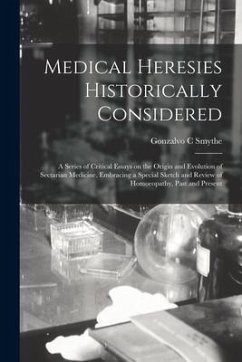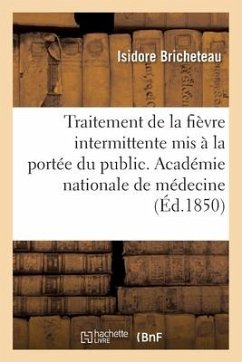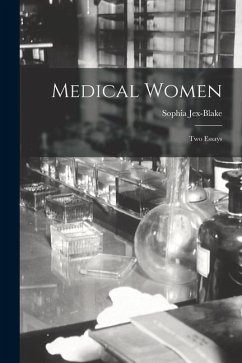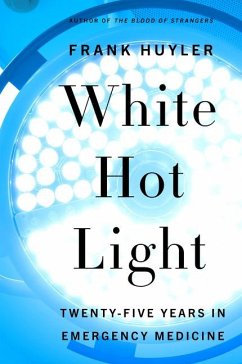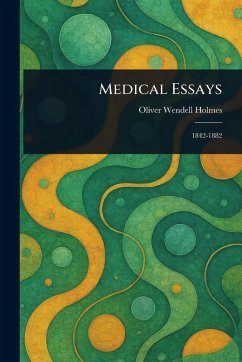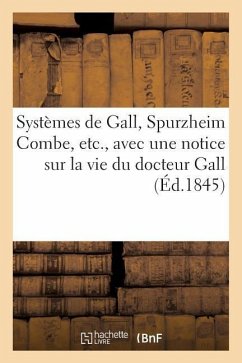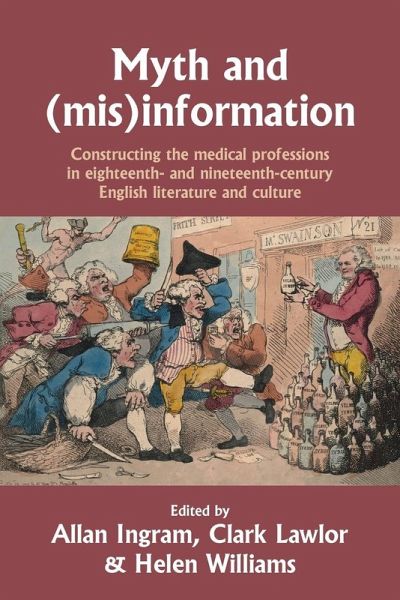
Myth and (Mis)Information
Constructing the Medical Professions in Eighteenth- And Nineteenth-Century English Literature and Culture
Herausgeber: Ingram, Allan; Lawlor, Clark; Williams, Helen
Versandkostenfrei!
Erscheint vorauss. 20. Januar 2026
37,99 €
inkl. MwSt.
This book discusses the various cultural forms and literary works by which information, myth and misinformation on medical practices and personages were spread during the eighteenth and nineteenth centuries, and some of the reasons for this, from authorial self-interest to scientific ignorance.





